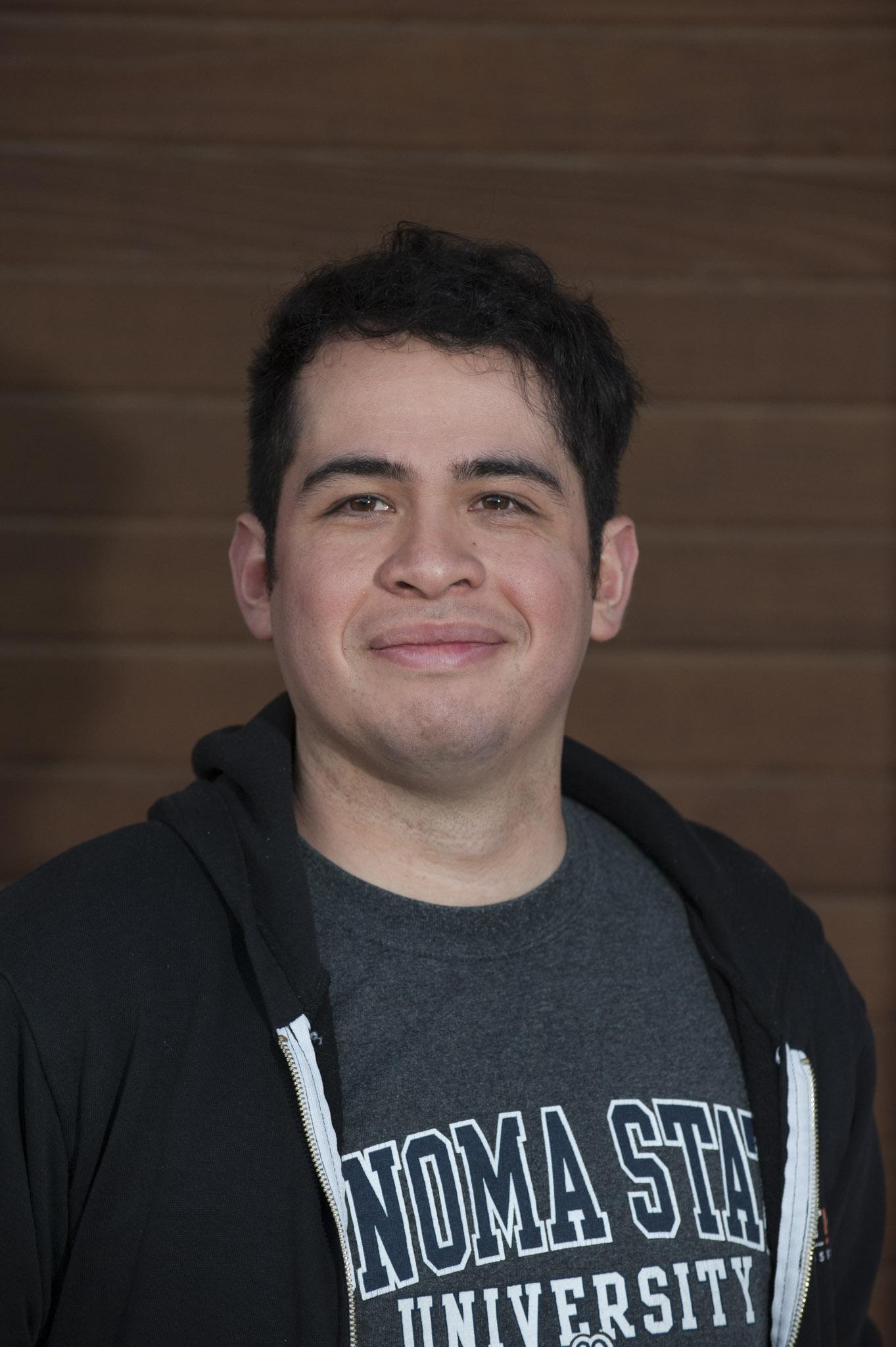On Jan. 8, President Barack Obama announced a proposal that will grant two free years of community college via video message.
The rising cost of education is a matter of great importance and I am glad that a conversation has developed to this point. So my initial response was elation. I am a product of the community college system. I received a total of 72 units from Sierra College and Mt. San Jacinto College.
But the elation I felt was quickly replaced by the realization that I actually earned money attending community college. So I began to think, what does free community college actually mean?
I join a majority of Americans in believing that education is key to joining the middle class and further. The first path I sought in bettering myself was education. I immediately enrolled in classes at a community college.
As a Latino and California native, community college is very affordable. The largest expenses come not from attending school, but rather from housing, transportation, and general living.
A recent Pew Research Center study by Jens Manuel Krogstad and Richard Fry, report that about half of dependent Latinos enrolled in two-or-four-year colleges have family incomes below $40,000, compared with 23% of white students.
I fell well within this financial bracket, and therefore received the full benefits from federal and state financial aid.
It’s important to note that California is the largest community college system in the United States and is comparatively well funded.
Seventy-nine of the 96 lowest cost of tuition for public two-year schools are in California, according to the U.S. Department of Education’s College Affordability and Transparency Center.
Looking into the statistical data of Santa Rosa Junior College, provided by the Institution of Education Sciences, shows how much the state of California helps students financially.
In 2012-13, 56 percent of full-time beginning undergraduates received state financial aid, totaling over $1 million. This aid comes in the form of the Board of Governors (BOG) Fee Waiver and CAL Grant.
State aid is especially helpful. In my case, the BOG waiver covered the cost of all 72 units I received. This left assistance from the federal funded Pell Grant to help cover all of my other expenses.
But arguably a more telling statistic is that only two percent of undergraduates at SRJC received a federal student loan. To compare this data, 37 percent of Normandale Community College of Minnesota students received a federal student loan. 46 percent of NCC students received state financial aid. NCC ranks in the top 100 for highest cost of tuition.
The community college plan proposed by President Obama may seek to expand the low-cost accessibility for all states and races.
Obama seeks to mirror the “Tennessee Promise,” a program enacted by the state of Tennessee which provides financial assistance for students who maintain a 2.0 GPA and participate in eight hours of community service per semester.
The federal program will not require community service, but will require at least a 2.5 GPA to receive assistance.
An important attribute is that students, who normally do not qualify for federal or state assistance because their family is above the financial threshold, will receive help.
That assistance is in the form of 75 percent federal coverage for tuition, leaving the remaining 25 percent for states.
“If every state participated, the proposal could help 9 million students and save full-time enrollees an average of $3,800 a year,” according to the White House.
It’s important to note that this funding is not a subtraction to the Pell Grant. Proponents of the plan point out that allowing students to keep more of their Pell Grant may be highly beneficial to the plan’s success. It also may cut down on the amount of student loans received.
Critics of the plan vary in their arguments. The most vocal is that this program will assist individuals who do not need it. They maintain that additional assistance toward low-income students will benefit more.
Another argument is community college is an archaic system. Twenty-two percent of students graduate within three years.
Though 80 percent of students want a bachelor’s degree or higher, only 20 percent of those students transfer to a four-year university within five years, according to the Community College Research Center at Teachers College, Columbia University.
Horn continues by saying online universities and professional certification programs may be more beneficial than funding Obama’s program.
In addition, reality of this program’s success is passing through a Republican controlled house and a Presidency that is nearing an end.




































